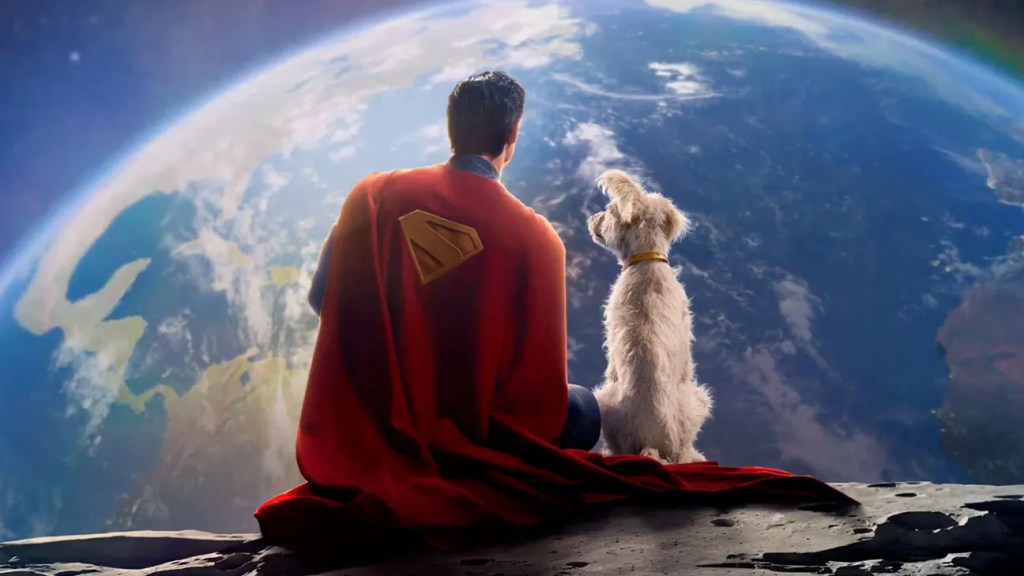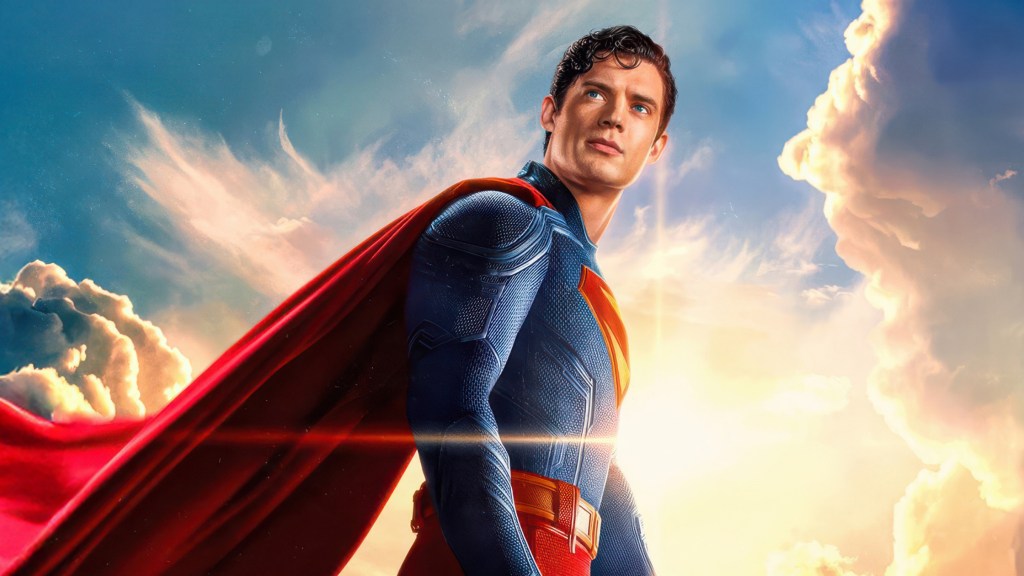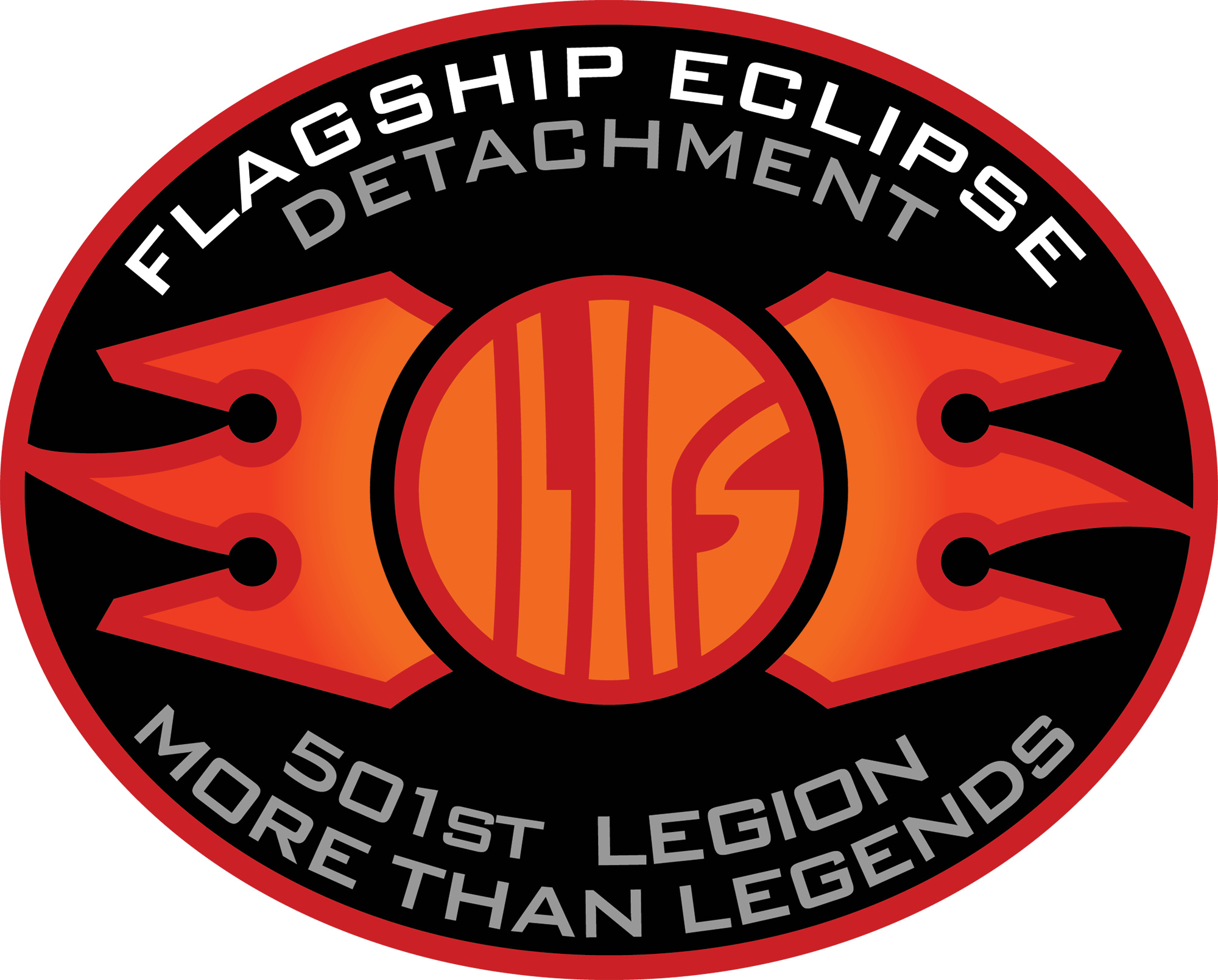
James Gunn’s new DC Universe has officially taken flight with the release of Superman, a film carrying the immense weight of launching a new era for some of the world’s most iconic heroes. As with any modern superhero blockbuster, audiences who remain in their seats as the credits roll are treated to something extra for their patience. In this case, Superman delivered not one but two credit scenes. However, anyone expecting a direct tease for Supergirl: Woman of Tomorrow or a first look at Lanterns will be disappointed. Instead of serving as commercials for future DCU installments, Superman‘s stingers are refreshingly self-contained, offering quiet character moments and lighthearted interactions that enrich the story and characters.
For well over a decade, fans have been conditioned to view post-credits scenes as the essential building blocks of a shared universe, pieces of a puzzle that offer glimpses of what comes next. The Marvel Cinematic Universe perfected this model, turning its stingers into must-see events that promised bigger crossovers, new villains, and unforeseen connections. This approach, while wildly successful for a time, has also become something of a creative burden, often prioritizing future hype over present satisfaction. The post-credits scenes in Superman, on the contrary, signal a fundamental shift in how the DCU will approach its world-building.
What Happens in Superman‘s Post-Credits Scenes?

The first credit scene in Superman occurs after the main credits montage concludes. The scene finds Superman (David Corenswet) sitting on the Moon, looking back at the Earth he has sworn to protect. Cradled in his lap is his faithful canine companion, Krypto. In a dialogue-free exchange, Krypto snuggles closer to his owner, leaning his head on Superman’s shoulder. It is a contemplative frame, reaffirming the bond between the man and the dog, while serving as a poignant visual representation of Superman’s solitary role as a guardian.
The second scene, which appears after the full credit roll, is a comedic callback to the movie’s dramatic climax. In the film’s final act, Lex Luthor’s (Nicholas Hoult) activation of a faulty dimensional portal tears a rift across Metropolis. After defeating Luthor’s forces, Superman teams up with Mister Terrific (Edi Gathegi) to close it. Using his genius-level mind, Mister Terrific manages to shut down the portal and stitch the two halves of the city back together, with only a slight imperfection in the alignment of the two parts.
The post-credits scene shows the two heroes outside a Metropolis building that is now noticeably crooked. Superman points at the flaw, infuriating Mister Terrific’s perfectionist tendencies, and the fact that, despite his incredible intellect, he couldn’t achieve a flawless result. Mister Terrific storms off, angrily kicking a rock in frustration; a slightly abashed Superman remarks to himself that he probably shouldn’t have brought it up, and that he can be a real “jerk.” It’s a hilarious character-driven moment that lands one final punchline about the Man of Steel’s good nature.
Superman‘s Stingers Echo James Gunn’s New Philosophy

During the marketing campaign for Superman, Gunn explicitly stated he wanted to avoid the mistakes he made during his time at Marvel, specifically citing the post-credits scene in Guardians of the Galaxy Vol. 2 that set up Adam Warlock. The filmmaker admitted that the decision boxed him into a corner and made integrating Will Poulter’s character into the third film a difficult task. As Gunn explained, “The way a post-credits scene works is a punch to the face, like, ‘Oh my God! Look at this.’ At times when you’re using it just solely to set something up, sometimes you’re screwing yourself over.”
The Superman credit scenes feel like a direct lesson learned from Gunm’s MCU struggles. By having the Superman stingers focus entirely on the characters and events of the film itself, Gunn and DC Studios are building trust and telling fans that their primary goal is to deliver a satisfying film, first and foremost, instead of focusing too much on the next shiny thing. This allows the DCU slate to remain fluid without betraying audience expectations, ensuring that future projects can be developed organically rather than being shackled to a teaser that was produced years in advance.
Superman is currently available in theaters.
What did you think of the Superman post-credits scenes? Let us know in the comments!
The post Superman’s 2 Post-Credits Scenes Underscore James Gunn’s DCU Vision appeared first on ComicBook.com.


